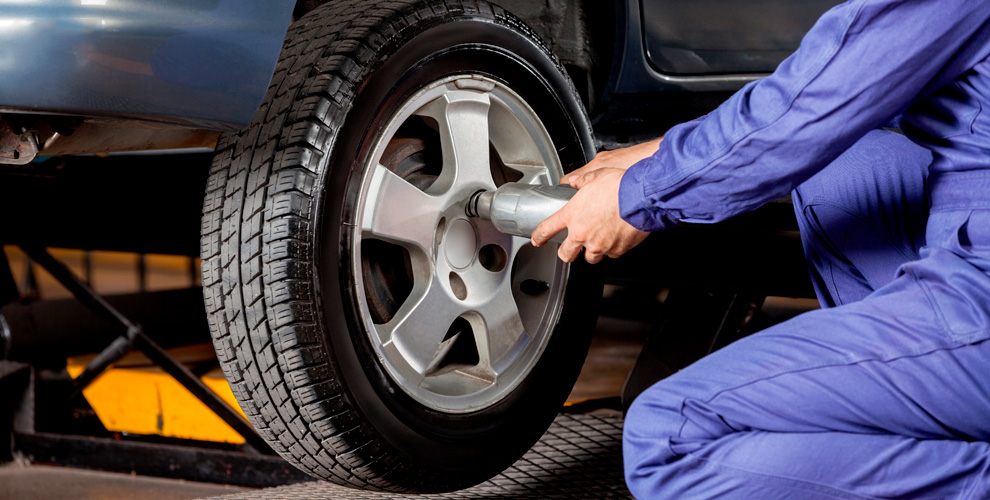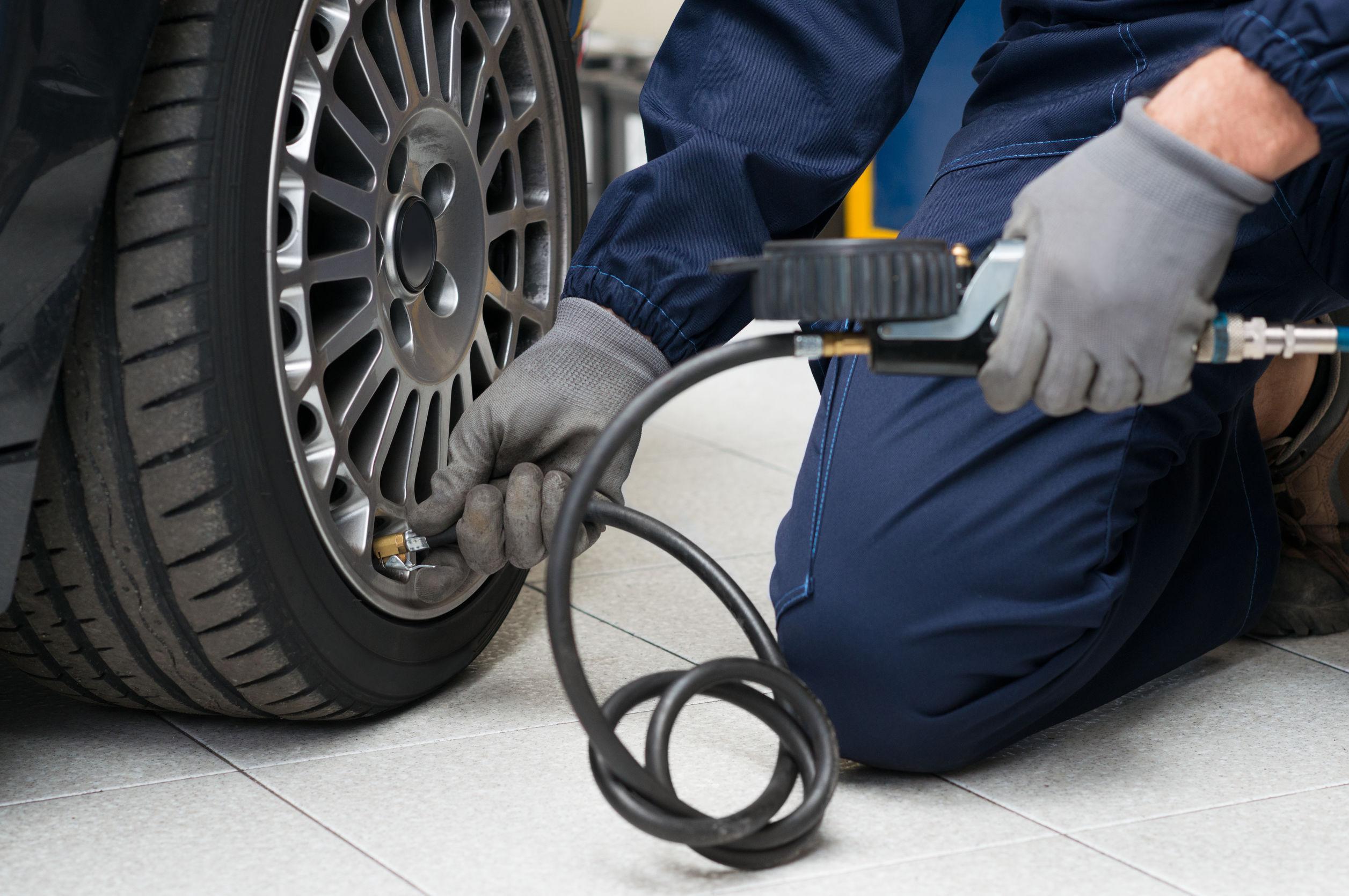
The golden hues of autumn create a picturesque landscape, but beneath their beauty lies an often-overlooked threat to your vehicle's tyres. Those vibrant leaves carpeting the roads aren't just a seasonal nuisance they're actively conspiring to shorten your tyre's lifespan and compromise your safety. This hidden danger operates through multiple mechanisms, from chemical degradation to physical hazards, turning what appears to be harmless foliage into a silent vehicle saboteur.
The Chemistry of Decay: How Leaves Attack Rubber
Freshly fallen leaves might seem innocuous, but as they begin decomposing, they release organic acids and tannins that accelerate rubber breakdown. When crushed under tyres repeatedly, this acidic slurry embeds itself in the tread grooves, slowly eating away at the rubber compounds. The problem intensifies when leaves combine with morning dew or light rain, creating a corrosive paste that clings stubbornly to tyre surfaces.
This is where having access to an emergency tyre fitter Wakefield becomes crucial. Professionals can spot early signs of chemical wear that most drivers would miss subtle cracking between tread blocks or unusual dry rot patterns. They also understand how to properly clean leaf residue without using harsh chemicals that might further damage the rubber. The difference between catching this damage early and waiting until it's too late often comes down to professional inspection.
Moisture Traps: The Invisible Threat
A single layer of damp leaves creates a perfect moisture-retention system against your tyres. Unlike puddles that quickly run off, compressed leaves maintain constant contact with rubber, promoting sidewall degradation and steel belt corrosion from the inside out. This phenomenon explains why vehicles parked on leaf-covered surfaces often develop premature ageing on the tyre's contact patch.
The moisture problem becomes particularly dangerous when temperatures fluctuate. As water absorbed by leaves repeatedly freezes and thaws, it expands within tiny rubber pores, creating micro-fractures that eventually lead to larger cracks. An emergency tyre fitter Wakefield will immediately recognize this distinctive weathering pattern, often recommending replacement before the structural integrity becomes compromised.
Camouflage for Road Hazards
Leaves serve as nature's perfect cover for an assortment of tyre-damaging objects. What appears to be a soft pile of foliage might conceal broken glass, sharp stones, or even construction debris. The danger multiplies in urban areas where leaves mask potholes and uneven pavement edges impacts from these hidden obstacles can cause internal tyre damage that's invisible to the untrained eye.

Professional tyre technicians have seen countless cases where a seemingly minor impact on leaf-covered roads resulted in sidewall bubbles or radial fractures. This is why many emergency tyre fitter Wakefield services report increased callouts during autumn months drivers only discover the damage after their tyre fails, not realizing the initial trauma occurred weeks earlier when they hit a concealed obstacle.
The Traction Deception
Leaf-covered roads create one of the most treacherous driving surfaces, yet many motorists underestimate the danger until they experience sudden loss of control. The waxy surface of certain leaves (especially maple and oak) reduces friction to levels comparable to black ice. When compressed by traffic, they form a slick, unstable layer that dramatically increases stopping distances and makes evasive maneuvers nearly impossible.
This loss of traction forces tyres to work harder, generating excessive heat that accelerates tread wear. The constant slipping and gripping action wears down rubber compounds unevenly, often creating scalloped wear patterns that require professional correction. An emergency tyre fitter Wakefield can identify these unique wear marks and recommend appropriate solutions before the damage becomes irreversible.
Biological Time Bombs
Decomposing leaves create the perfect breeding ground for moulds and fungi that feed on rubber compounds. These microorganisms secrete enzymes that break down the protective antioxidants in tyre rubber, leading to premature cracking and loss of elasticity. The problem intensifies in vehicles parked for extended periods on leaf-covered ground, where the constant moisture and organic matter create ideal conditions for microbial growth.
Tyre professionals use specialized cleaners to remove these biological threats without damaging the rubber. This is another area where DIY solutions often fall short household cleaners might kill surface mould but can't penetrate the microscopic pores where these organisms thrive. Regular visits to an emergency tyre fitter Wakefield for professional cleaning can add months to a tyre's service life during high-risk seasons.
The Weight Factor
Few drivers consider how leaf accumulation affects vehicle weight distribution. A thick layer of compacted leaves in wheel wells can add significant unsprung weight, altering handling characteristics and putting extra stress on tyres. This added mass forces tyres to work harder, generating additional heat that accelerates wear on shoulder blocks and sidewalls.
Professional tyre technicians often find leaf debris packed tightly around valve stems, where it can trap moisture and lead to slow air leaks. During autumn inspections, a thorough emergency tyre fitter Wakefield will always clear this debris and check for resulting corrosion that might compromise the valve seal.
The Future of Tyre Protection
Manufacturers are developing new rubber compounds specifically designed to resist organic acids and microbial attack. Some premium tyres now incorporate antifungal agents and acid-resistant polymers in their sidewall formulations. For those interested in the materials science behind these advancements, Wikipedia's tyre page provides an excellent technical overview.
These innovations can't eliminate autumn hazards entirely, making professional tyre care more important than ever. Seasonal inspections from an emergency tyre fitter Wakefield can help match your tyres to specific autumn challenges, whether that means recommending different pressures for better traction or identifying the first signs of chemical degradation.
In the long Run: Respect the Seasonal Threat
Autumn leaves present a multifaceted threat to tyre health and vehicle safety that demands respect rather than dismissal. Their dangers operate on chemical, physical, and biological levels, often causing damage that remains invisible until it's too late. The difference between surviving autumn unscathed and facing unexpected tyre failures frequently comes down to professional vigilance.
Smart drivers don't just admire autumn's beauty they proactively protect their vehicles from its hidden dangers. Regular professional inspections, prompt cleaning of leaf residue, and immediate attention to any suspected impact damage can preserve your tyres through this deceptively hazardous season. Because in the battle between rubber and foliage, you want an emergency tyre fitter Wakefield on your side before the first leaf falls.
Comments on “Why Autumn Leaves Are Secretly Dangerous for Your Tyres”